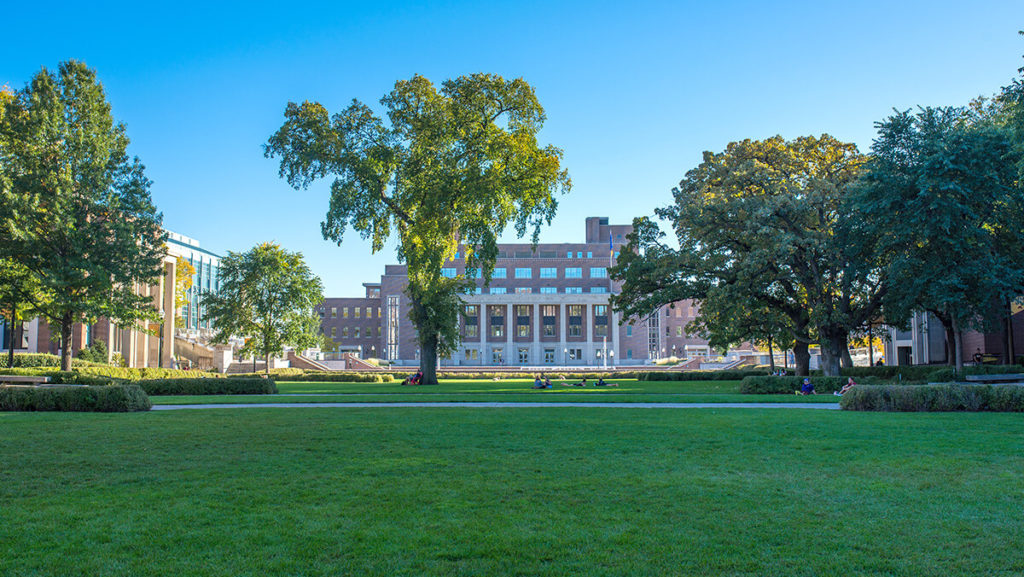1.0 Partnership Overview
The Minnesota Zoo is an AZA-accredited zoo in Apple Valley, Minnesota. The University of Minnesota is an R1 public land-grant research university in the Twin Cities of Minneapolis and Saint Paul, Minnesota.
2.0 Reflections from the Partnership
How have you worked to understand each other? When did you struggle or fail to understand one another? How did you navigate the culture and language code-switching necessary to work across organizations? How did you establish clarity around goals, timelines and roles? How did you build trust within the partnership?
Attending the BID training together at the outset of our efforts was critical. It enabled us to move quickly from never having actually met in person, to understand each other’s work and personal style and goals. It also facilitated our development a shared vision and way of talking about our BID efforts. Following the initial BID training and meeting, we continued to meet regularly to set and follow action plans to address our vision. Because we are geographically dispersed across the state, our meetings typically happened on the phone or via video conference. Having a supportive university department head and committed faculty with relatively clear granting plans made the goals and timelines relatively easy. The conversation was also easy because we are all familiar with the university setting and ecological disciplines. On the other hand, we had to work closely with and rely on each other to better understand and navigate the different mechanics and norms of our university and ISE organizations. During our meetings, we often discussed who best to contact and how best to navigate the “politics” in our different institutions. We learned that sometimes a good idea from one organizational vantage is less desirable from the other or unrealistic on the suggested timeline. We learned that sometimes Emily (ISE) could play a part in UMN events or connect with different people that may not have been accessible to Nate (university), or we could ask questions that stimulate useful conversations at our partner organization that may not happen organically. Finally, we also co-organized and hosted a “get to know you” meeting of key Extension (university) and MN Zoo (ISE) staff. This was really helpful in fostering familiarity, trust, and communication more broadly beyond our working relationship.
What indicators have you observed that the work is becoming institutionalized, through engagement of leadership, additional staff, succession planning, and new policies, procedures or routines that support sustained partnership? How have you navigated the balance between nurturing individual relationships with the desire to create systems/institutionalize? How has the team navigated the issues that arise from job changes and turnover?
One of the keys to enabling us to move beyond the work being centralized on the two core BID members seemed to happen after we hosted a “get to know you” meeting where key Extension (university) and MN Zoo (ISE) staff were able to introduce themselves and learn about different projects that could possibly lend themselves to future partnership opportunities. After this meeting, staff from both the university and the ISE side have emailed directly to discuss areas of potential collaboration or partnership. Some staff have still chosen to first email the two BID leads, but, with encouragement, it seems more are now emailing the person from the other institution directly. This helps to foster sustainability by moving the bottleneck and focus on the initial two BID trained team members, to instead focus on the institutions as a whole and ways that we can continue to partner. Of our three initial BID PIs, one of them seemed to have more focus and overall interest in working within the BID framework. Part of this has to do with the stage of the PI in the grant writing process, as well as the needs of them/their students. This particular PI just submitted a grant proposal, based on our work together, that includes broader impacts efforts from both of our Extension and MN Zoo programs. Based on the initiative and actual grant submission of this PI, it is likely that the PI will continue to engage both the university and ISE support throughout future BID projects. Hopefully that PI will continue to find the process beneficial and useful, such that they will share the information with other PIs. One area that we had discussed implementing, but have not yet, was offering a mini-workshop or training for new, incoming, or early-career faculty at the University. The idea for the training came from a supportive and engaged university department head. Implementing this type of training could further help us sustain the partnership and also work more toward institutionalizing the BID work beyond individual relationships. Finally, we are still meeting/working periodically with all of our project PIs. Having this continued, even if periodic, check-in allows us to continue to nurture the relationships and learn about additional ways we may be able to better sustain our efforts moving forward.



